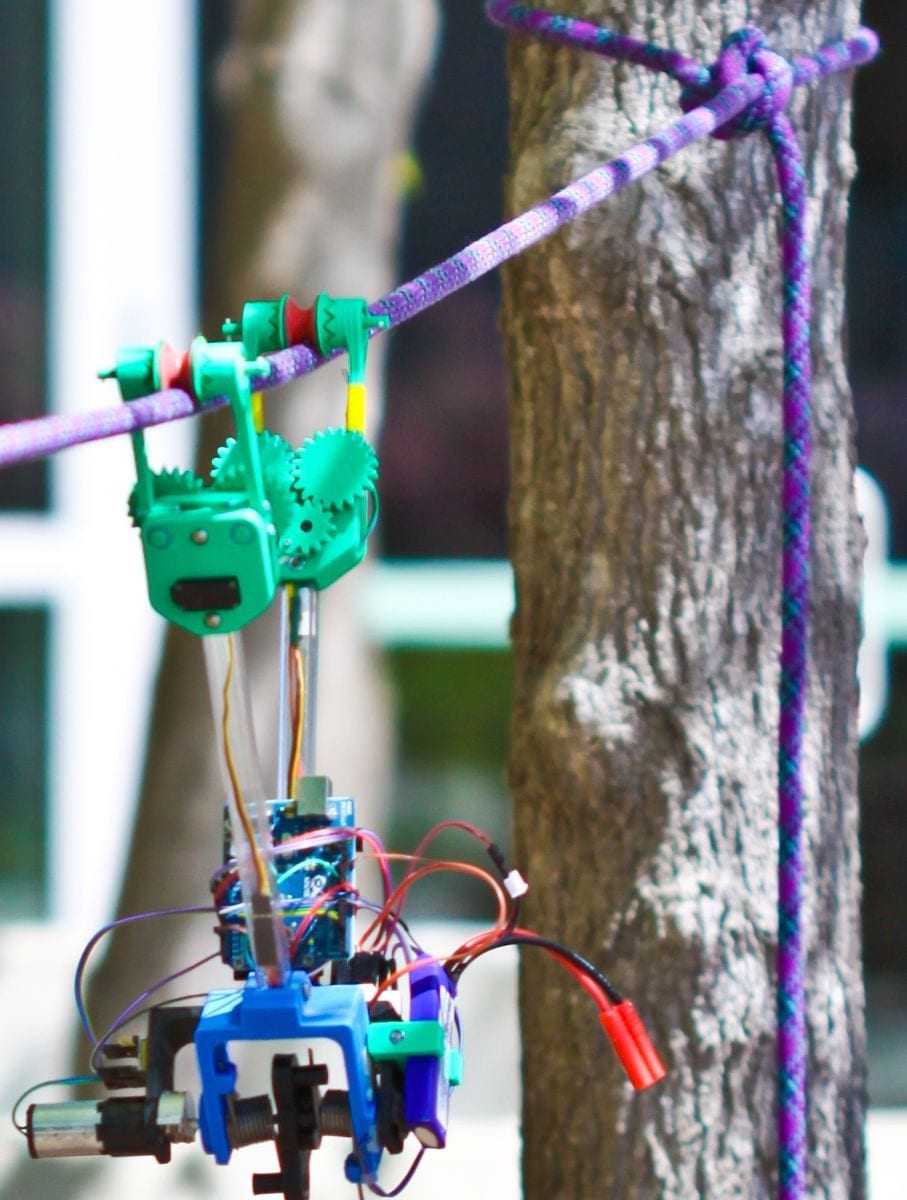
Cosmic-ray tomography
Musing on muons
AMERICANS may no longer fret about being showered with nuclear-tipped ballistic missiles, but the idea that an atom bomb might enter their country in a shipping container or on the back of a lorry is still one that keeps the security services awake at night. They may sleep more easily, though, if an idea being developed by Michael Staib of the Florida Institute of Technology, in Melbourne, and his colleagues comes to fruition.
Mr Staib is using naturally generated subatomic particles called muons to look inside places where such bombs, or the nuclear explosives needed to make them, may have been hidden by smugglers. At first sight this seems crazy. The muons in question drizzle down from the atmosphere at the rate of only one per square centimetre a minute. But, as Mr Staib told a meeting in Atlanta of the American Physical Society on April 2nd, this is enough for a practical muon scanner.
Muons are like electrons, though heavier and unstable. They are produced when cosmic rays (fast-moving atomic nuclei from space) hit the atmosphere. The reason they might be useful for detecting nuclear explosives is that they are scattered more by heavy atomic nuclei, such as those of uranium and plutonium, than by lighter ones—even including relatively heavy elements such as lead. Clever electronics can tell the difference. Someone wanting to smuggle uranium or plutonium might shield their contraband from detection by a Geiger counter using lead. But that would be no shield against detection by muons.
The original idea, dreamed up in 2003 at the Los Alamos National Laboratory in New Mexico, was to use detectors called drift tubes to track muons through a cargo. Decision Sciences, a company spun out of that effort in 2005, has been refining this approach since then. It says it will install a container-size demonstration unit in a port in the Bahamas this summer, though it will not reveal any technical details.








